Semi-aquatic turtles are classified by turtle enthusiasts based on their habits. Compared with water turtles, semi-aquatic turtles prefer to live on land or diving, but most semi-aquatic turtles cannot stay in deep water for too long, otherwise they will be in danger of drowning. Below I will introduce you to the top ten semi-aquatic turtles in the world, which include: golden box turtle, yellow-margined box turtle, Umbrella box turtle, spiny mountain turtle, saw-edge turtle, painted box turtle, and Carolina box turtle. , Japanese ground turtle, cane bush turtle and wood turtle. These turtles have unique appearance and behavioral characteristics that make them popular among turtle enthusiasts.
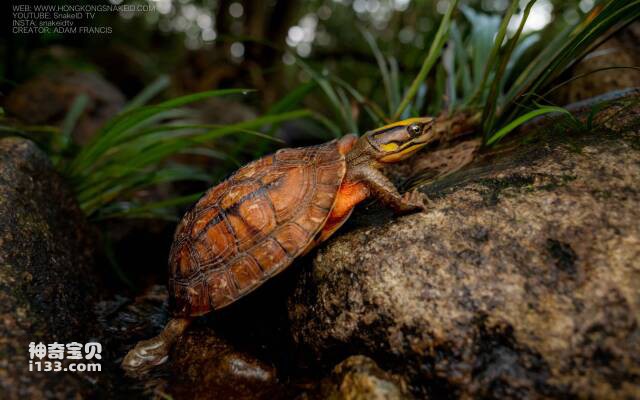
1. Money turtle
The money turtle, also known as the three-line closed-shell turtle, is a turtle with great ornamental value. They have the ability to live amphibiously on land and water, and their respiratory organs are lungs. The golden turtle is mainly distributed in the coastal areas of my country, Vietnam, Laos and other Southeast Asian countries. It likes to inhabit canyons, creeks, river forks and lakes in mountainous and hilly areas, and sometimes climbs into moist mountain streams, grass and rice fields.
The Golden Turtle is an omnivorous animal that forages for a variety of fish, shrimps, fruits and vegetables, and small insects in the wild. It likes to bask in the sun on land in sunny weather, but mostly hides in the dark when the weather is hot, and has the habit of living in groups and burrows. Overall, the Money Turtle is a very interesting turtle that is loved by turtle enthusiasts.
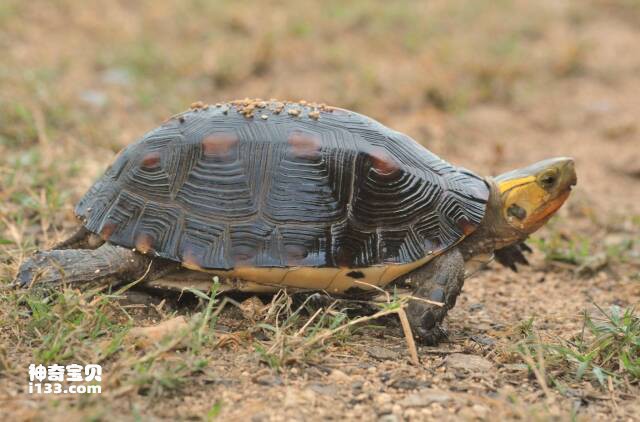
2. Yellow-margined turtle
The yellow-margined box turtle, also known as the yellow-margined box turtle, is mainly distributed in Central China and South China in the Oriental Territory of my country, as well as Ishigaki Island and Iriomote Island in Ryukyu, Japan. This kind of turtle is an omnivore and likes to eat insects, fish, shrimp, fruits and vegetables. It often lives in moist places such as forest edges, rivers, lakes, etc., hiding under fallen logs, rocks or fallen leaves.
The yellow-margined box turtle often goes out to look for food when it rains, but in the dry season it mostly stays near valleys with running water. They are mainly active at night in summer and hide in shady firewood or piles of rocks beside the valley during the day. In winter, this turtle hibernates, usually choosing a sheltered place on a sunny slope made of weeds and twigs and fallen leaves as its hibernation site.
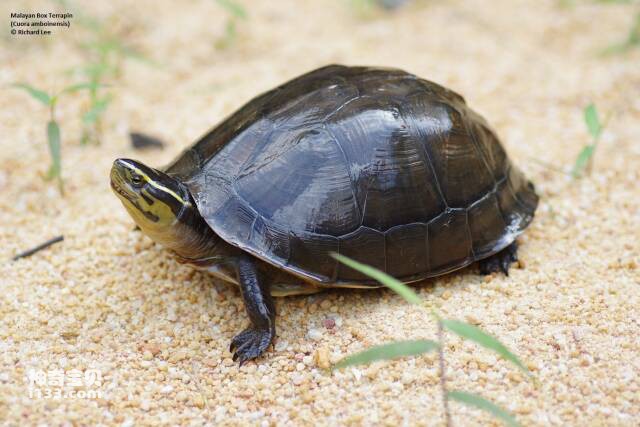
3. Anbu closed-shell turtle
The Ambu turtle, also known as the Malayan turtle, is the most widely distributed among semi-aquatic turtles. They are widely distributed in Southeast Asia and live in waters with slow flow and soft mud such as swamps, wetlands, ponds, rivers and rice fields in plain areas. The Anbu closed-shell turtle feeds on plants and also eats small insects such as worms and snails. Although the Ambush turtle is a highly aquatic animal, it is sometimes found on land far from water. If it is in a breeding environment, the breeding environment can be set to amphibious mode.
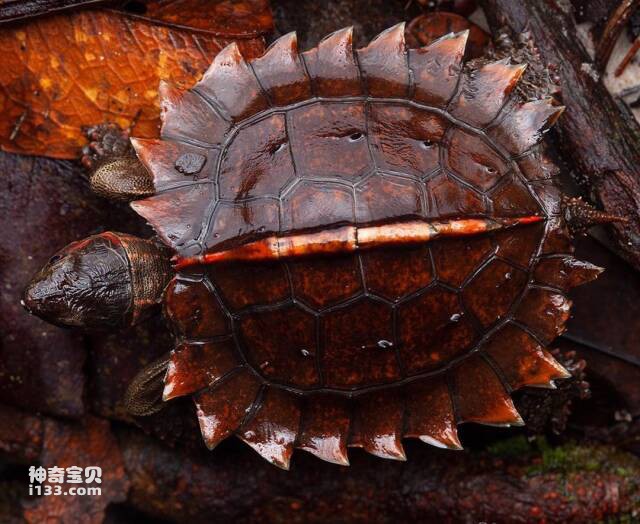
4. Spiny Mountain Turtle
The Spiny Mountain Turtle is a semi-aquatic turtle known for the sharp spines surrounding its carapace, and is therefore also known as the Sun Turtle. They are distributed from southern Myanmar to Sumatra and some small islands in Indonesia. They live in the rainforest zone at an altitude of 100 meters to 170 meters, and mainly feed on fruits, leaves, stems and roots.
Spiny mountain turtles usually inhabit clear stream areas, hiding under leaf litter and grass. When young, they are more terrestrial, have no webbed toes, and are not good at swimming. They are often found wandering in the cool and moist forest floor.

5. Turtle serrata
The octopus serrata, also known as the eight-sided turtle or the eight-sided turtle, is recognized as one of the most terrestrial semi-aquatic turtles. They are distributed in China's Hunan, Hainan, Yunnan and Guangdong and Guangxi regions, as well as in countries such as Vietnam, Myanmar and India. The Serrata serrata mainly inhabits hilly and mountainous areas in tropical and subtropical areas. It lives in a relatively humid environment. It is usually not too far from a water source and has the habit of drinking water regularly.
The Serrata serrata likes to eat snails, worms, insects and other food. It eats entirely on land and is more similar to terrestrial turtles. Therefore, some people believe that it is more appropriate to classify it as a terrestrial turtle.
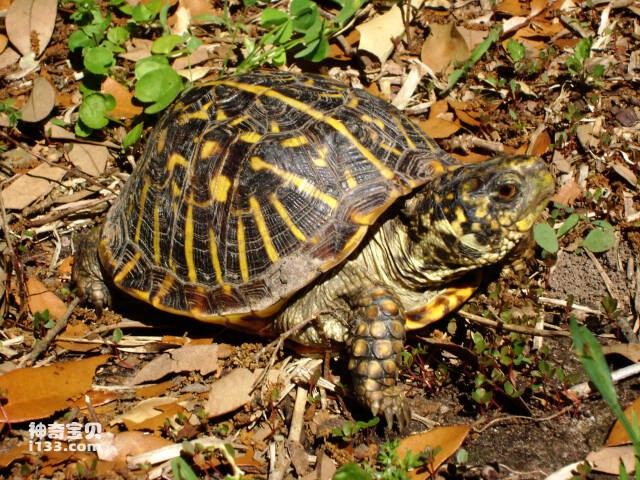
6. Box turtle
The Golden Box Turtle, also known as the "Western Box Turtle," is similar in habits to the three-toed box turtle, but its distribution area is drier. They mainly live in arid grassland areas between the United States and Mexico, and can even adapt to desert environments, feeding on insects, worms, fruits and vegetables.
Box turtles have the ability of land turtles to store water in their bladders, allowing them to tolerate higher levels of drought than other box turtles. In 1986, the painted box turtle became the state reptile of Kansas, and in Indiana, the painted box turtle is listed as an endangered species.
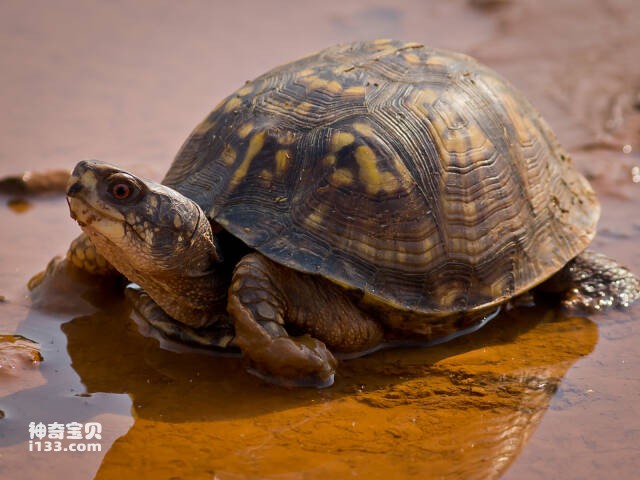
7. Carolina box turtle
The Carolina box turtle is a turtle whose shell is about 10-22 cm long and arched high like a box, hence its name. They are mainly distributed in places from Maine and Michigan to Texas and Florida in the United States. This turtle is an omnivore and feeds on berries, mushrooms, earthworms, snails and insects.
Carolina box turtles live in open woodlands, swamp meadows, floodplains, and scrub grasslands. Although they are semi-aquatic turtles, they spend most of their time on land.
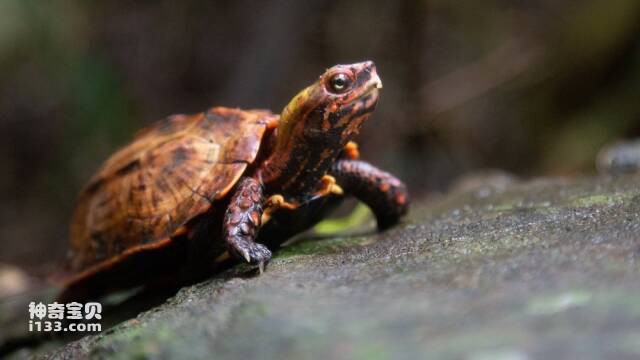
8. Japanese Ground Turtle
The Japanese ground turtle is a semi-aquatic turtle unique to Japan, with a roughly brown body. The adult back length is generally 13cm-18cm, and it is widely distributed on Hiroshima. They live in forests with high humidity and feed mainly on insects, snails, tadpoles, frogs or weeds and fruits.
The Japanese ground tortoise is known as a master of crawling. It often appears in mountain jungles and looks for food on the so-called "grassland". They will also move around creeks and rivers, but they cannot enter deep water areas, otherwise they may be in danger of drowning.
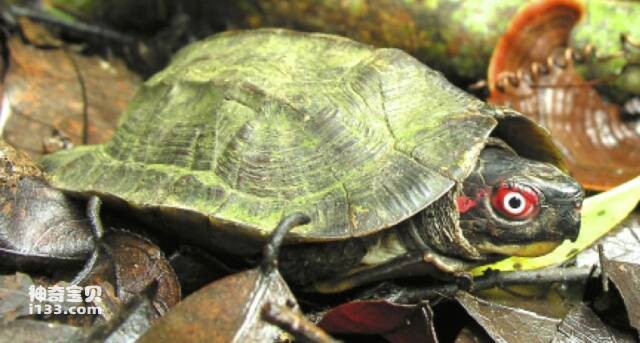
9. Cane forest turtle
The Cane Grove Turtle is a rare semi-aquatic turtle found only in certain areas of southern India. They live in hilly areas with dense trees at an altitude of more than 300 meters. They live in underground caves and mainly feed on plants.
Although the cane bush turtle is a semi-aquatic turtle, it does not like to stay in the water and is not very hydrophilic. It often crawls in the bushes. This rare turtle is relatively rare, but it has attracted much attention and research. In 1911, Indian female herpetologist Jaganath Vijaya discovered a male and a hatchling in the Cochin forest in Kerala, southwest India, and subsequently tagged 125 of the same species.
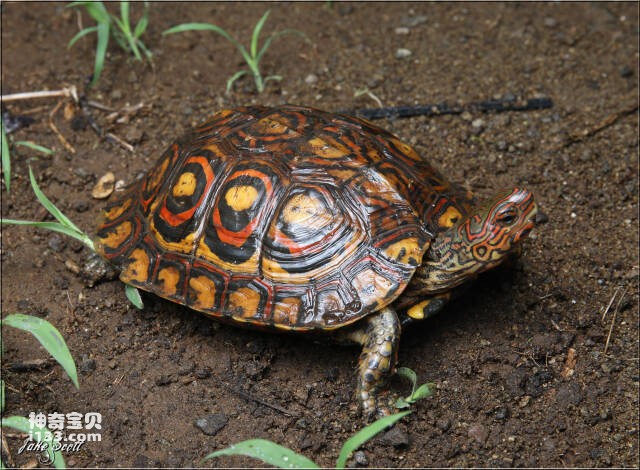
10. Wood-grained turtle
The wood turtle is a typical omnivorous turtle distributed in Mexico, Costa Rica, Guatemala, Honduras and other countries. Larvae tend to eat insects, such as mealworms, crickets, and earthworms, while adults tend to be more omnivorous.
This turtle spends most of its time moving and foraging on land, and its habits are similar to those of box turtles. Although they are small in size, they are very lively and eat a lot, and they are not picky eaters at all. Therefore, as a pet, the wood turtle should be one of the easiest and strongest turtle species to keep.
The top ten semi-aquatic turtles in the world are mainly determined by searching relevant online platforms to find semi-aquatic turtles in the order Turtles, and taking into account their population size, morphological characteristics, popularity, and influence. If you have any questions, please leave comments, criticisms and corrections.
animal tags:
We created this article in conjunction with AI technology, then made sure it was fact-checked and edited by a Animals Top editor.